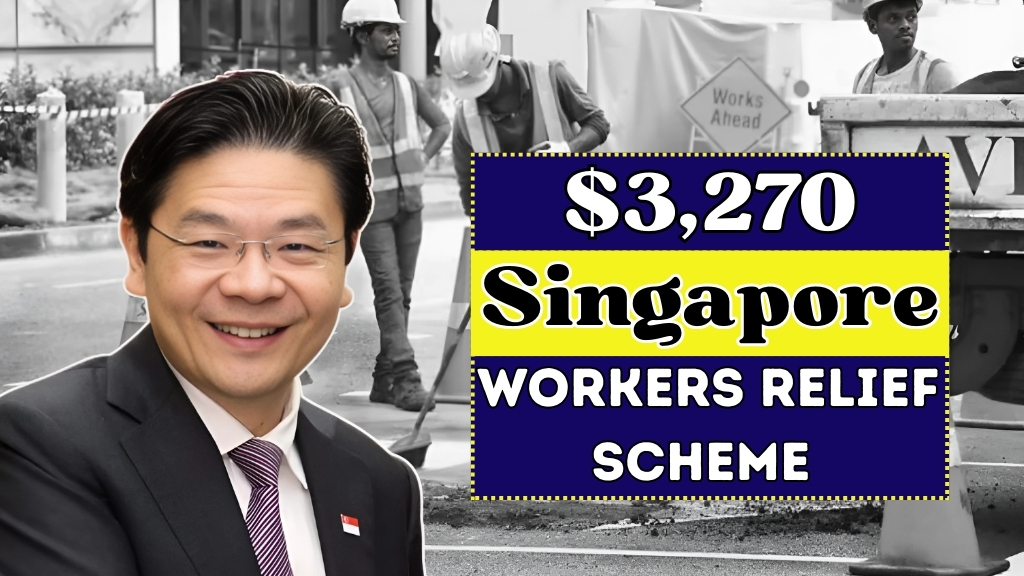Wider Access
To make the program reach more people, the 2025 version raises the income limit to 3,000 a month.Workers must be Singapore Citizens aged atleast 30 (or younger if disabled),earn between and show the same income pattern over the past year.
Property-related criteria also have been broadened: qualifying persons now need to reside in homes whose annual values do not exceed 21,000—up from the earlier 13,000—hold no more than one residential unit, and if married, have a spouse whose income was below $70,000 in the prior Year of Assessment.
This widening filter is projected to raise substantially the pool of Singaporeans able to access this essential
Structured Payment System
Payment comes through a tiered framework keyed to age, with yearly limits graduating from 1,633 for the 30 to 34 age band to a ceiling of 3,267 for recipients aged 60 and older. Those with disabilities qualify for the top stipend at any age, in view of their extra financial hurdles.
The package also harmonises short-term aid with enduring security: 10 percent arrives as cash into the recipient’s account, while the bulk—90 percent—goes into the MediSave account, thereby reinforcing health financing.
Cash payouts debut on a monthly basis in March 2025, with the payout for work carried out in January released on the last working day of March, that for February on the end of April, and so on. Recipients whose NRIC numbers are linked to a PayNow account access the funds a few working days faster than those on GovCash, thereby promoting the take-up of digital money queues.
Streamlined Application Process
In 2025 the application framework is being further simplified: the bulk of eligible workers will be auto-registered using their CPF transaction records.
Employees who make regular CPF contributions usually don’t need to take further steps to receive the Workfare Income Supplement, but self-employed workers and gig personnel must report their earnings and pay the necessary MediSave contributions. Everyone eligible can confirm their status by visiting the Workfare eService and logging in with their Sing Pass.
The site also has a WIS calculator that tailors benefit forecasts to personal profiles. To receive payments promptly, recipients should make sure their bank details are current and, if possible, set up PayNow via their NRIC.
The Workfare Income Supplement is part of a wider safety-net package that includes Workfare Skills Support, which pays 6 per hour in training all owances to eligible workers who finish approved courses. Payments are capped at 180 hours percourse.
Starting July2025, the income ceiling to qualify for this program will rise to
Nevertheless, from April 2025 workers will face a choice: they cannot collect both the hourly WSS Training Allowance and the SkillsFuture Mid-Career Training Allowance for the same training period, so careful planning is needed to optimize the agency the government makes available for upskilling investments.
When these programs are looked at as a whole, they create a strong financial safety net that gives people quick help and, at the same time, helps them build the skills they need to earn more later on.
